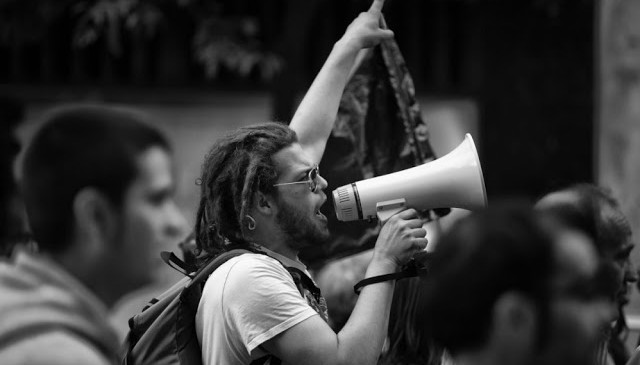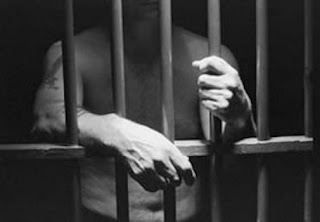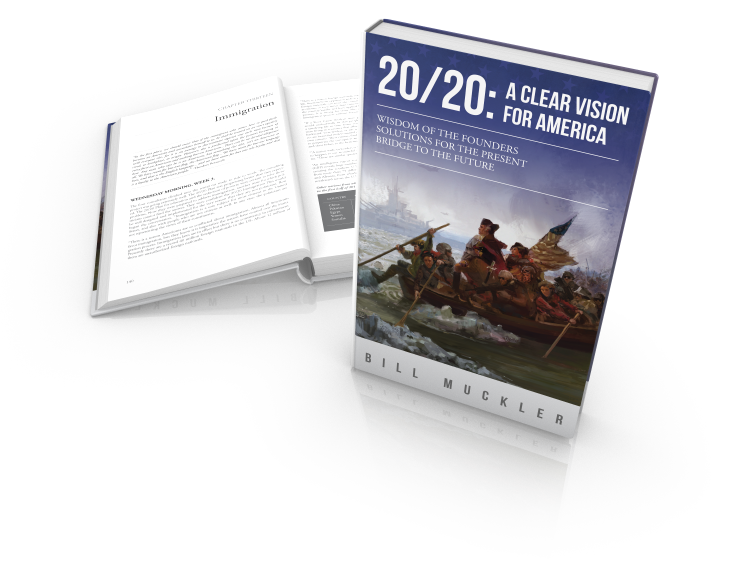The Increasing Cost of Government

The mathematical postulate of the 80-20 Rule tells us twenty percent of the people in the United States are paying eighty percent of the tax burden. And they are paying upwards of 50 percent of their wages. While this is mathematically accurate, does it tell the whole story?
According to the American Community Survey, annual median household income rose 1.3 percent in 2006 to $50,233.00. In “governmentese,” real median household income in the United States showed no statistically significant change between 2011 and 2012. In 2011, U.S. median household income was $51,324 and in 2012 the median household income was $51,371.
These numbers appear to be significantly identical except for the fact that the dollar does not purchase as much today as it did seven years ago. Prices are up, purchasing power is down and wages stay the same. The Federal Reserve System continues to pump fiat dollars into the American economy. This is undeniably another cruel tax on all Americans, not just the top twenty percent.
The federal government is pumping out new regulations, 11,327 pages worth in the past three years, almost as fast as the Fed pumps out free money. Except these regulations are not free. They are calculated to cost Americans $1.9 trillion per year. These 169,301 total pages of regulations, as of 2011, cost citizens $6,000.00 per year per person in purchasing power. Another cruel hidden tax on all Americans, not just the top 20 percent. Do the citizens of the United States really need to be regulated that much?
Taxation is now costing everyone more and more every year. But wait there may be more to come. According to an article by A. Barton Hinkle, on December 15, 2014, Tyler Dean Williams stole two pairs of Ray Bans and one pair of Oakleys from the Sunglass Hut at an outlet mall in Williamsburg back in October. To punish him for that, the commonwealth is prepared to spend more than half a million dollars.
Williams has pleaded guilty to grand larceny, a felony. He faces up to 20 years in prison. Since it currently costs roughly $25,000 a year to house a Virginia inmate, and that cost likely will rise over time, the state is looking at a bill well north of $500,000.
Nobody condones stealing, and locking Williams up will make sure he doesn’t steal from any stores for a good long while. On the other hand, a 20-year stretch and a half-million dollars seem like a steep price to pay for three pairs of shades (which the store got back almost immediately).
But such is the consequence of felony creep, which results from leaving Virginia’s grand-larceny statute unchanged for more than three decades. In 1980, the legislature raised the threshold for grand larceny from $100 to $200—and there it has remained ever since. If it had kept pace with inflation, the threshold would now be $576.
Thus as Mister Hinkle so aptly puts, Americans are footing the bill for more and more, at more and more dollars. Unfortunately, for Americans, we don’t get our dollars free like the Fed does, we have to earn them and our earnings don’t buy us as much as they used to buy.
 Hinkle goes on further to write: What’s more, you also can find contrary results: While crime has fallen nationwide, it actually has fallen slightly faster in states that have cut their imprisonment rates. And though Virginia’s prison population has grown sevenfold since the 1970s, the reduction it has seen in violent and property crimes is not significantly different from the reductions nationwide.
Hinkle goes on further to write: What’s more, you also can find contrary results: While crime has fallen nationwide, it actually has fallen slightly faster in states that have cut their imprisonment rates. And though Virginia’s prison population has grown sevenfold since the 1970s, the reduction it has seen in violent and property crimes is not significantly different from the reductions nationwide.
That increase in imprisonment, meanwhile, has cost taxpayers dearly. Spending on corrections has nearly tripled since the 1980s, and now costs Virginia about $1 billion a year. The commonwealth could shave a couple of million dollars off the top of that sum right away simply by adjusting its larceny threshold to account for inflation.
But monetary inflation is not the only cause of felony creep, which is not confined to Virginia. When lawmakers raise the severity of, or increase the penalty for, a first offense, that creates a reason to ratchet up the severity and penalties for subsequent offenses as well. The individual lawmaker gets a line to put on his campaign brochure; the taxpayers get a bill, only much later.
Another kind of felony creep has been taking place at the federal level. According to a Department of Justice analysis back in the 1980s, the number of federal criminal offenses stood at around 3,000. By 2007, the Heritage Foundation reports, the number had soared to 4,450 or more.
And as Georgetown law professor Jonathan Turley has noted, Congress has delegated most of its rulemaking responsibilities to federal agencies—and given them a great deal of judicial authority to enforce them: “The result is that a citizen is 10 times more likely to be tried by an agency than by an actual court. In a given year, federal judges conduct roughly 95,000 adjudicatory proceedings, including trials, while federal agencies complete more than 939,000.”
Executive agencies jealously guard that power, too: A couple of years ago the EPA not only threatened to fine an Idaho couple $75,000 per day for building on an alleged wetland, it insisted that Mike and Chantell Sackett had no right to challenge the agency in court. (The Supreme Court eventually ruled otherwise, unanimously.)
Governments have a natural tendency to grow. We must cut them back regularly.
Finally, an author who brings you solutions, instead of problems.
author who brings you solutions, instead of problems.
Americans have lost faith in their overreaching federal government. “We the People” don’t need to be overregulated or have their taxes misspent. Americans are victims of a crumbling economy, high prices and stagnant wages. They view government as bloated and politicians as corrupt. They do not trust the leadership at any level. They see politicians of both parties as self-centered narcissists whose only objective is re-election. The author is like you, with one principal difference and 20 reasons for optimism. His “Vision” of America is “clear.” It is a vision of the Constitution and America the way it could be, the way it should be. The author’s eyesight is twenty-twenty.



Recent Comments